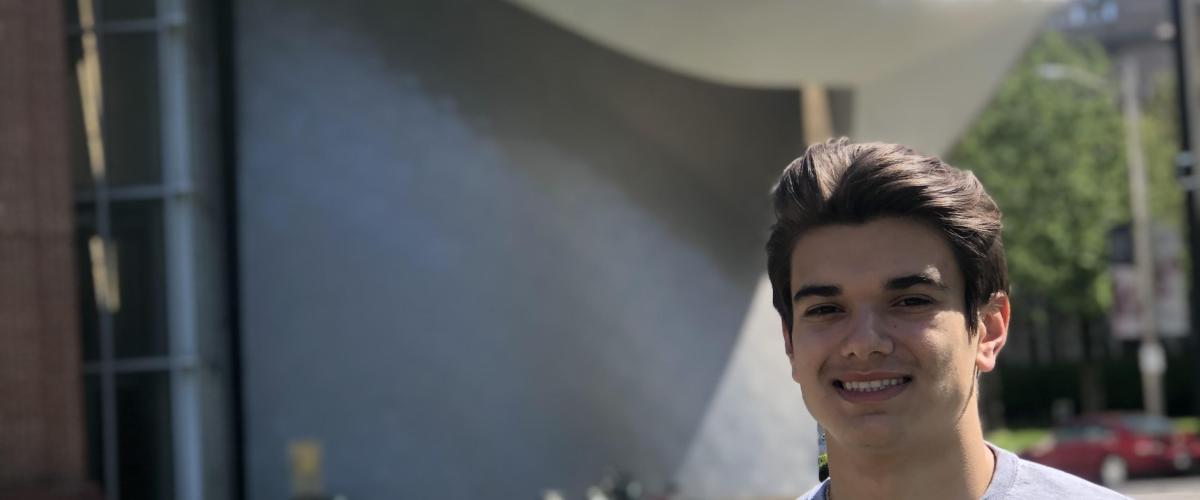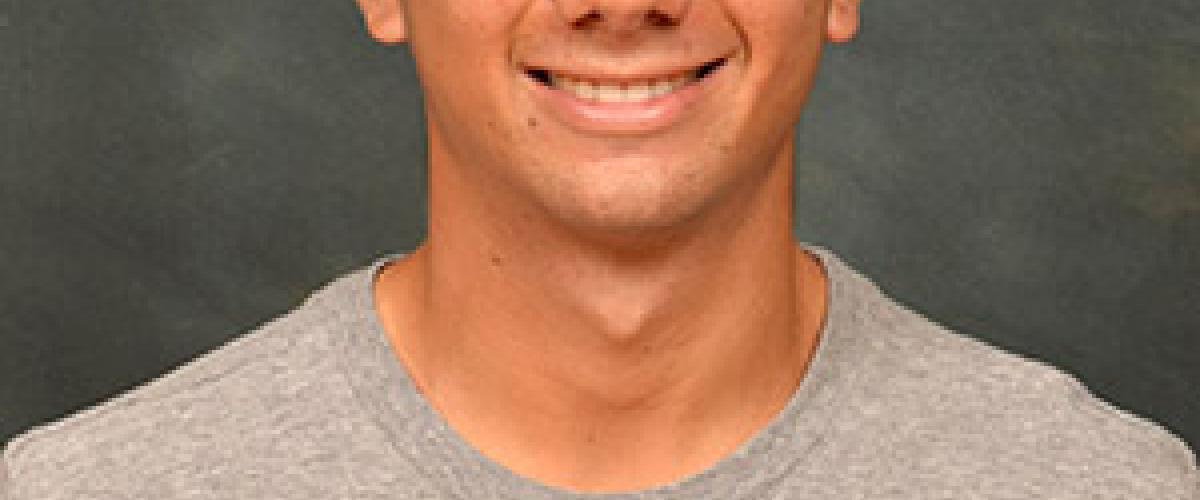When the world was preparing for an overwhelming increase in COVID-19 cases, Mary Curran and a team at Cleveland Clinic were behind the scenes working around the clock to transform spaces to meet the potential needs of the pandemic. This included transitioning Case Western Reserve University and Cleveland Clinic's Health Education Campus to serve a new critical role: a surge hospital for COVID-19 patient overflow.
Curran—a 1993 graduate from the Master’s in Positive Organization Development and Change program at the Weatherhead School of Management—serves as the executive director for the Center of Design at Cleveland Clinic, leading a team of 50 interior designers, architects, art and music therapists, and sustainability practitioners.
During the transformation of the Health Education Campus’ Sheila and Eric Samson Pavilion into “Hope Hospital,” Curran was onsite with Cleveland Clinic head nurses and other medical professionals to determine the bed layout and patient flow that would be needed, and how her team could help quickly activate the space to fulfill its new purpose.
“It was surreal,” Curran remembered. “We had spent so much time getting the Samson Pavilion ready for its opening in April 2019; to see it being dismantled and watch the furniture leave was tough. But, at the same time, it was exciting that we could change that into a hospital—while praying we never needed it.”
Designed to hold more than 1,000 low-acuity COVID-19 patients, Hope Hospital has not yet been needed for its original purpose but still stands ready should there be a spike in hospital cases.
Now, as people across Northeast Ohio slowly begin to return to work, go to doctor’s appointments and start other regular activities (albeit under new guidelines), Curran and her team have shifted gears again. With the growing importance of social distancing, the way space is utilized has become critically important.
“We’re looking at how to reactivate our clinical and administrative spaces for the entire Cleveland Clinic enterprise,” Curran said. “We want it to be very clear that it’s clean and safe for the caregivers to work in and the patients to enter.”
To help with this, Curran on a team that built a COVID reactivation toolkit, which provides physician and administrative offices with relevant signage, social distancing guidelines and other best practices for reopening.
“I love the idea that patients are able to be safely served in our institution,” she said. “I like that a little bit of normalcy is coming back.”
With the world turning to Cleveland Clinic as a thought leader through the pandemic, Curran and a team has also built COVID toolkits for external companies looking for the safest way to return to work, or reviewing their customized materials and space to ensure it aligns with Cleveland Clinic best practices.
For Curran, leading her team through this process—mostly virtually—has been the most challenging part, but she credits her degree from Weatherhead School of Management for her ability to quickly implement new processes and efficiently train groups of colleagues and caregivers to adopt those processes.
“When you’re a student in this program, you really learn about change management,” Curran said. “This pandemic has been one huge change for us, so I really don’t think there’s a better degree to have.”
Curran will never forget her unique role during the pandemic—or the commitment her colleagues and her team have displayed.
“I cannot believe how our organization has come together so quickly and made so much progress,” Curran said. “I love the passion we have for our patients and our caregivers.”
Learn more about the Master of Science in Positive Organization Development & Change (MPOD) program.




